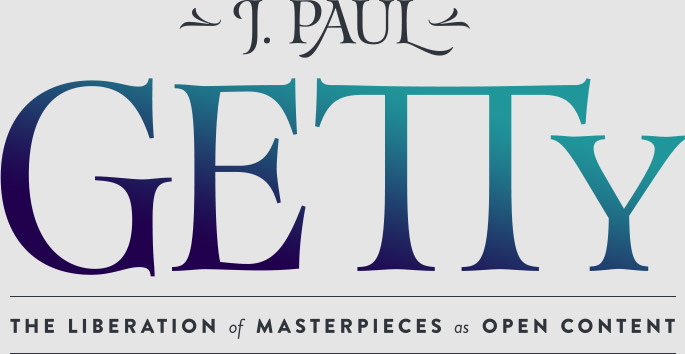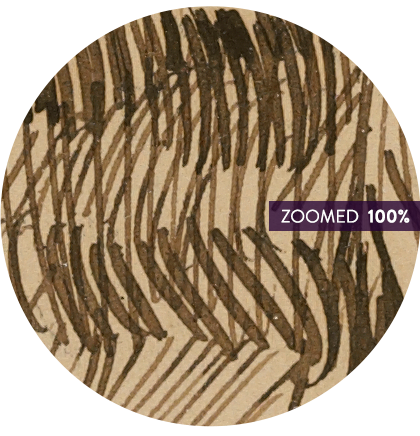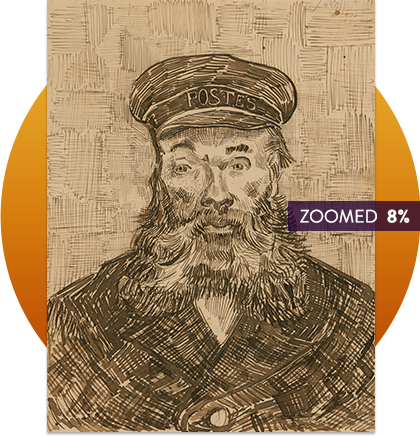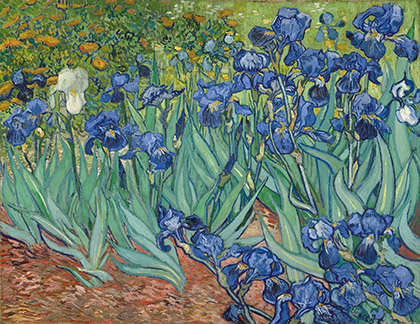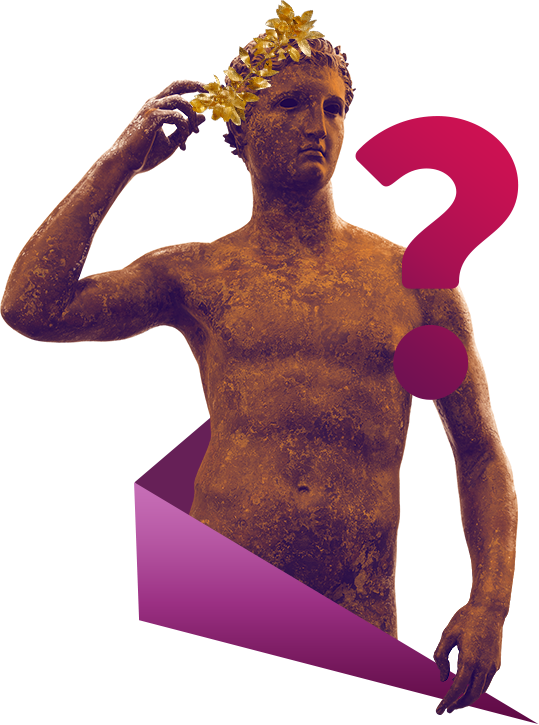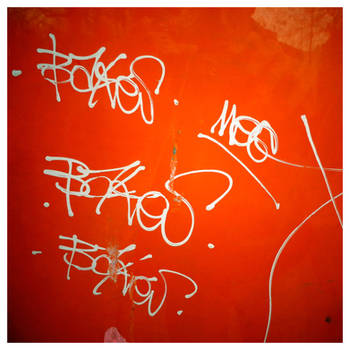
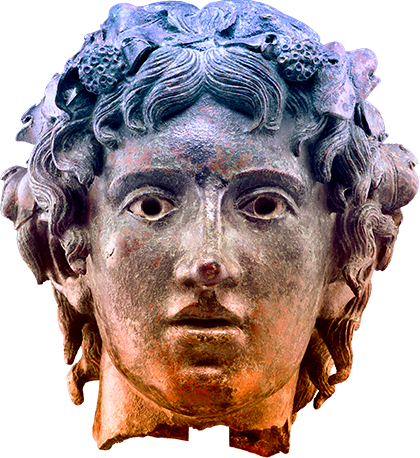

The J. Paul Getty Museum has initiated an Open Content Program to share, freely and without restriction, as many of the Getty’s digital resources as possible.
A first sharing of 4,600 high-resolution images of the Museum’s collection, including many masterworks, has just been made available and all are free to use, modify, and publish for any purpose.
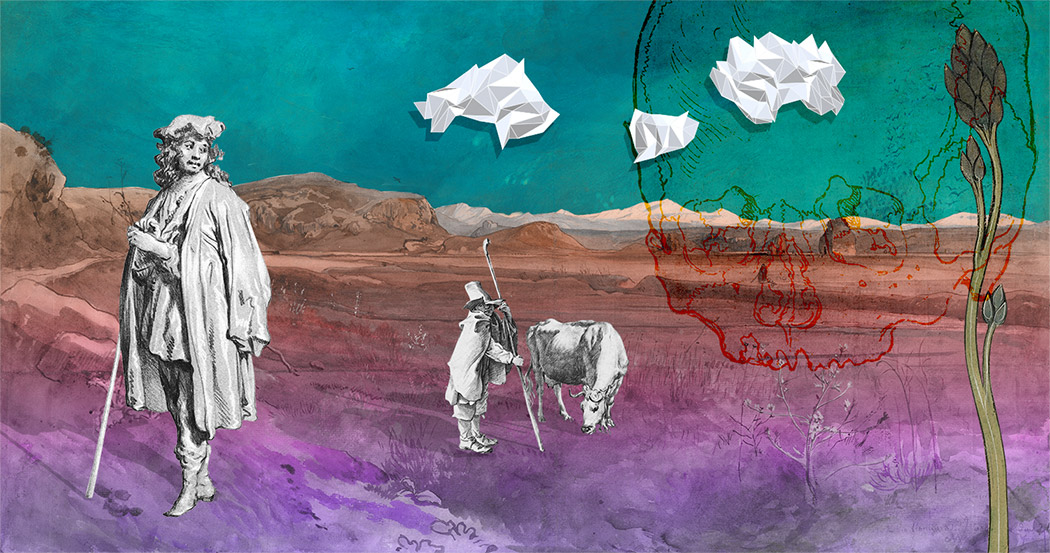
In a brilliant stroke, the Getty Museum has liberated one of the top collections of art in the world not just for access but for use. The museum is literally “beaming up” the great works in its collection as living resources within the arts themselves, for study, for sheer personal pleasure and, remarkably, as free visual resources available to any artist or business anywhere for anything and for free!
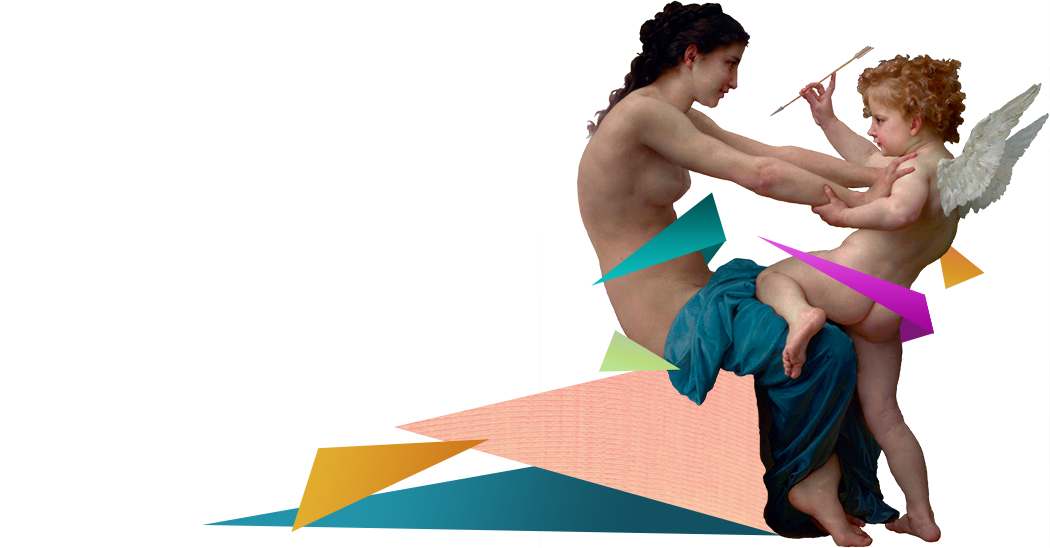
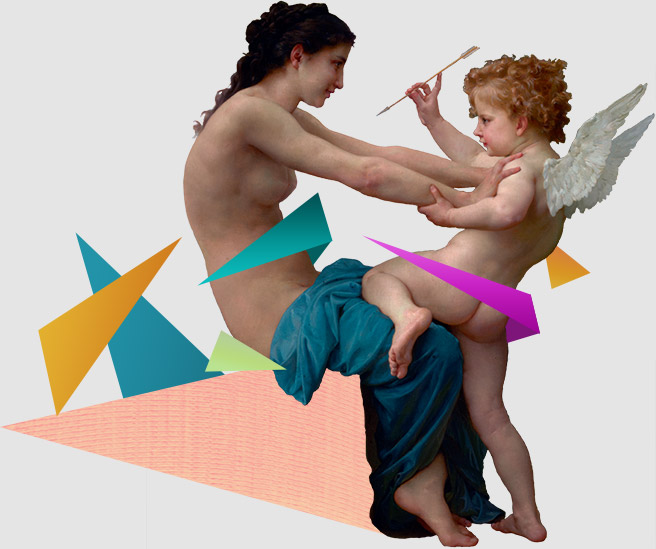
It is a watershed moment in the evolution of the social responsibilities of organizations that collect exquisite art as a part of a public trust—the moment when the J. Paul Getty Museum and Trust, arguably housing the most influential brain-trust for the curation and preservation of art in the world, decides to trust the public, instead of just themselves, with setting the context and use of these works.
It is a classic paradox of opposites where the strongest bend and where the most power comes from never exercising it: the best preservation of the relevance of these cultural artifacts is to be found in their widespread diffusion into the general culture.
The extraordinarily special element in this release is that the paintings, drawings, manuscripts, photographs, sculptures—these monumental works of art—are now accessible in a way that even a personal trip to the museum could never provide. The files are incredible, high resolution images showing a depth and detail that only an archivist in a sealed room would have been permitted to see using a magnifying glass while wearing white fiber-free gloves (every line of crackle in the paint on a canvass from 1560). This is art released from the private vacuum of cultural elitism (so many museums actually embrace elitism as a principle and mission) and now instantly distributed to every corner of the world.
Stendhal, the French writer, went to Florence and was so overcome by the masterpieces that he had essentially a nervous breakdown. This has happened to many before and since and is a recognized syndrome. The symptoms disappear over time when the patient is removed from the art. This is an unprecedented look at art masterpieces. You could spend hours on line with a single work and only emerge days later from a collection like the Getty’s in need of room with simple white walls.
The Getty makes available, without charge, all available digital images to which the Getty holds the rights or that are in the public domain to be used for any purpose. No permission is required.
Source – Open Content Program
The question some would ask provocatively is this:
Would Vincent Van Gogh openly dedicate to the public a wonderfully detailed digital file of his painting of Irises?
Of course, he’s dead so we can’t ask; and, he’s been dead so long, he never could have been asked in the right context. For example, the idea that a “better” copy than the original could be made without impacting the original in any way is hard, still, to fathom and is a part of the active, boiling revolution instigated by digital media.
Radical moves in tech are commonplace. Radical moves in museum culture almost never happen. Museums typically are conservative in all things—a pun to their primary mission of conserving cultural materials. The process of conservatorship among the “great” museums with “great” collections is full of delicate dealings not just with the objects and their care but with artists, the museums’ very wealthy patrons, local and foreign governments and collectors. Offering institutional “protection” of their works, legacies, and ”names” in big buildings that themselves become landmarks, museums strive to be symbols of sobriety, permanence, tradition, calm and studied control.
The J. Paul Getty Museum’s board of directors has gone deviant and we could not be happier!
